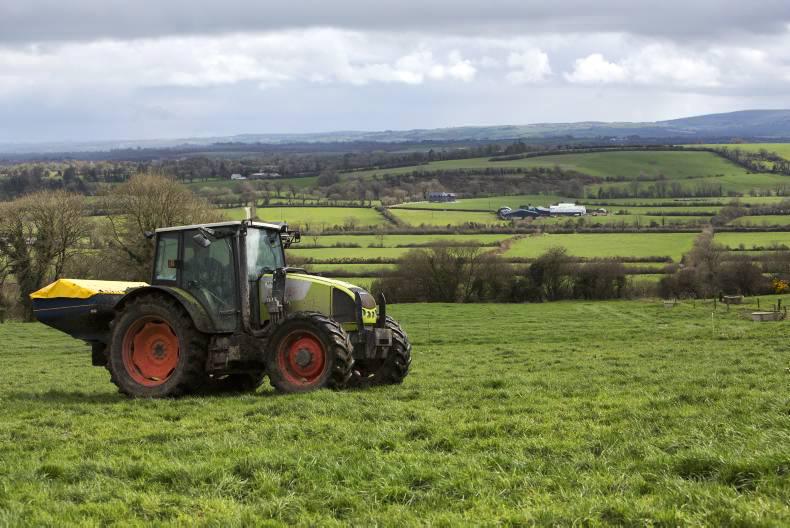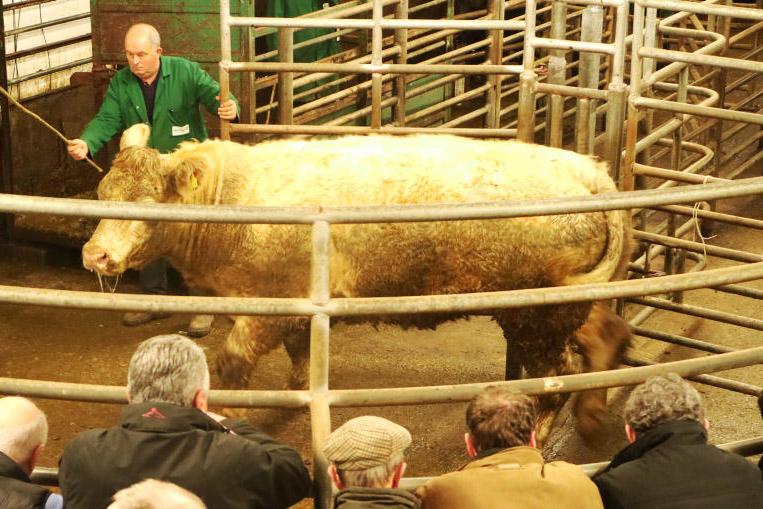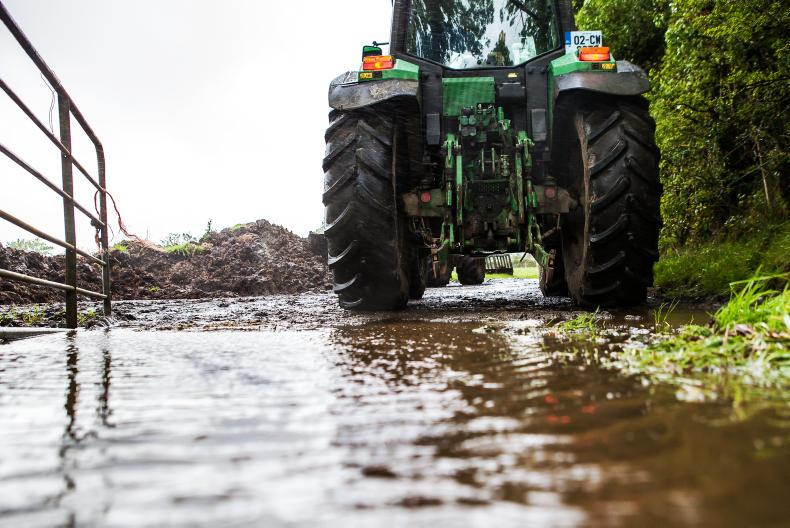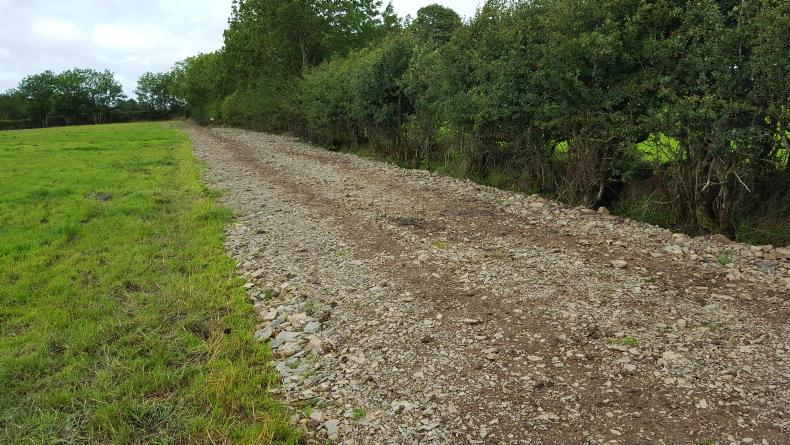There has been a huge backlog this spring, from fertiliser and slurry spreading to achieving grazing targets. Yet, due to how wet many soils are, it will take nearly a week for some soils to be trafficable.
But this dry spell represents a good opportunity for most farmers on drier soils to get out grazing. The target for most farmers is to have about 20% of the farm grazed by now, but because of the weather most farmers have little or nothing grazed yet.
So, should there be a different grazing strategy from now on, considering that most farmers are way behind in area grazed? The purpose of getting 30% grazed in February is to have sufficient regrowth back in time for grazing at the start of the second round in April.
Less grass than normal
Because the first three weeks of February have effectively been written off from a grazing point of view for most farmers, then it is logical to think that there will be less grass than normal around in early April.
I think a prudent strategy would be to target to start the second rotation a week later than normal. This will give what will be grazed in the next two weeks a better chance to recover again before being grazed in the second rotation.
Remember, there is lots of grass on farms, but some high covers are deteriorating badly, with leaves dying back and decay at the base. It’s important to get these covers removed as soon as possible.
On some farms, just grazing milking cows won’t be enough to get the area grazed fast enough and other stock will have to be let out. I would start with letting out weanlings and then late-calving dry cows. As soon as you have reached your target area grazed, then let them back in or move them elsewhere.
If unsure about letting out your cows, walk your farm to find the driest paddocks and let the cows out there for a few hours and see how they do. Land will dry out fast in this weather.
Read more
Farming forecast: cold snap lies ahead
There has been a huge backlog this spring, from fertiliser and slurry spreading to achieving grazing targets. Yet, due to how wet many soils are, it will take nearly a week for some soils to be trafficable.
But this dry spell represents a good opportunity for most farmers on drier soils to get out grazing. The target for most farmers is to have about 20% of the farm grazed by now, but because of the weather most farmers have little or nothing grazed yet.
So, should there be a different grazing strategy from now on, considering that most farmers are way behind in area grazed? The purpose of getting 30% grazed in February is to have sufficient regrowth back in time for grazing at the start of the second round in April.
Less grass than normal
Because the first three weeks of February have effectively been written off from a grazing point of view for most farmers, then it is logical to think that there will be less grass than normal around in early April.
I think a prudent strategy would be to target to start the second rotation a week later than normal. This will give what will be grazed in the next two weeks a better chance to recover again before being grazed in the second rotation.
Remember, there is lots of grass on farms, but some high covers are deteriorating badly, with leaves dying back and decay at the base. It’s important to get these covers removed as soon as possible.
On some farms, just grazing milking cows won’t be enough to get the area grazed fast enough and other stock will have to be let out. I would start with letting out weanlings and then late-calving dry cows. As soon as you have reached your target area grazed, then let them back in or move them elsewhere.
If unsure about letting out your cows, walk your farm to find the driest paddocks and let the cows out there for a few hours and see how they do. Land will dry out fast in this weather.
Read more
Farming forecast: cold snap lies ahead










SHARING OPTIONS